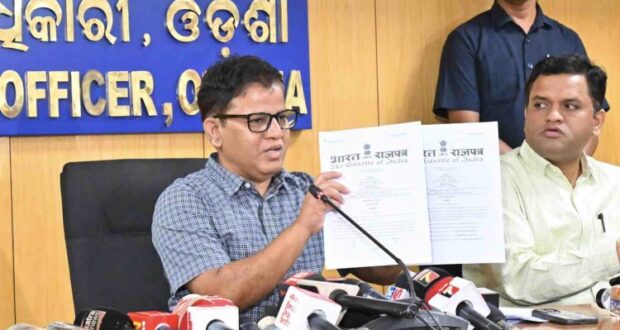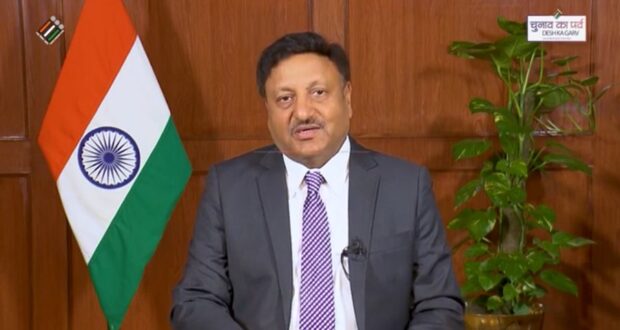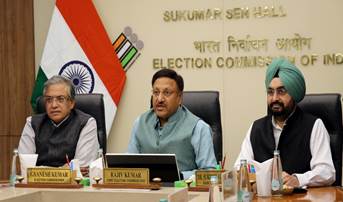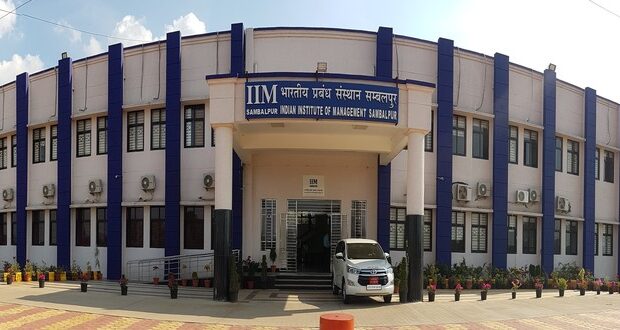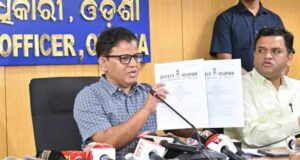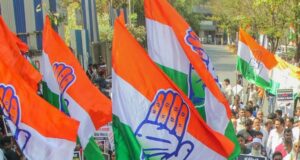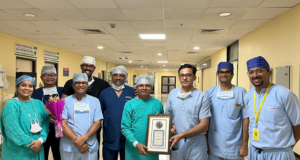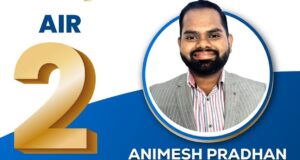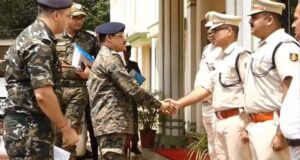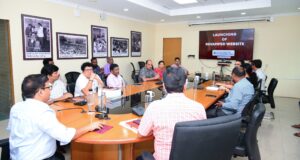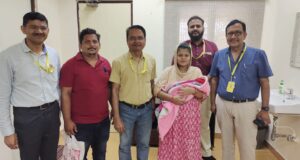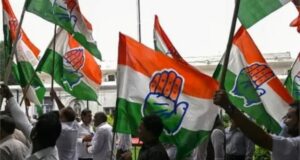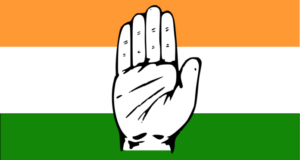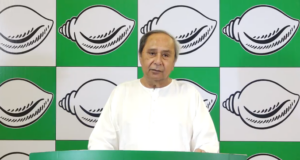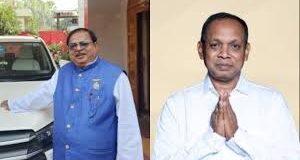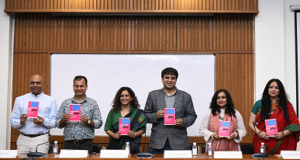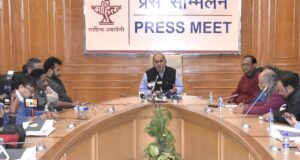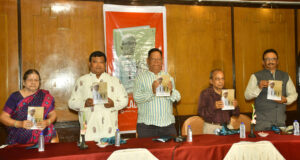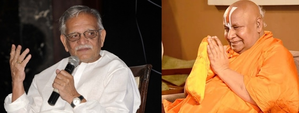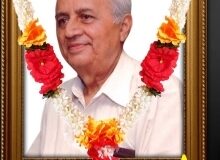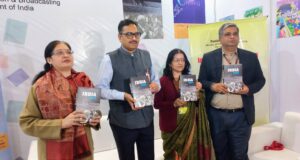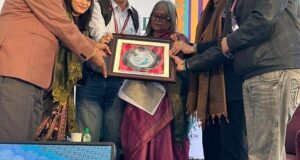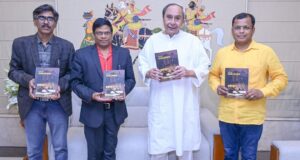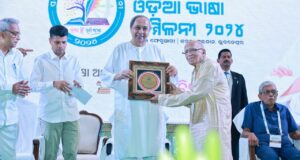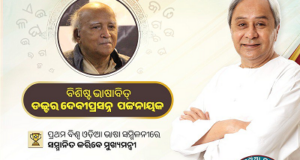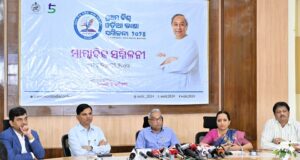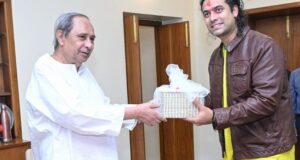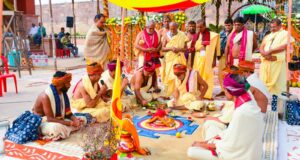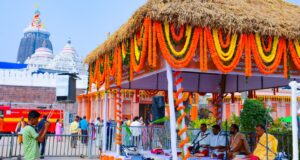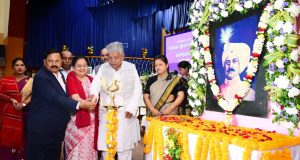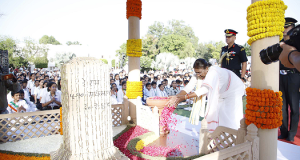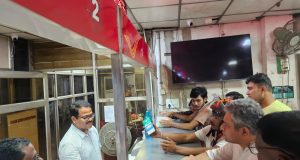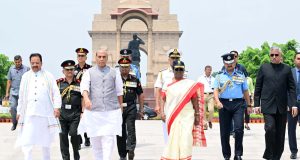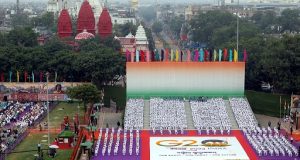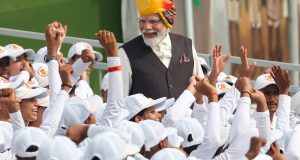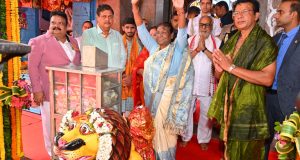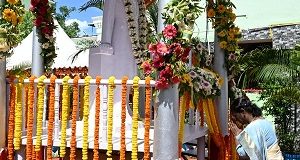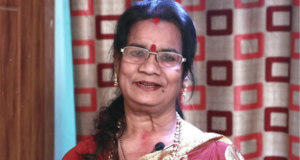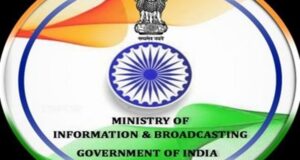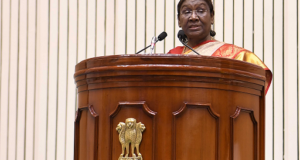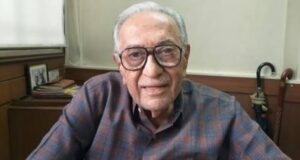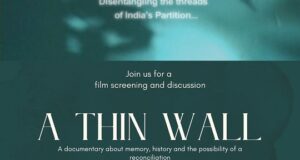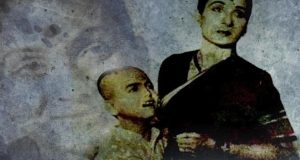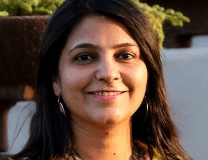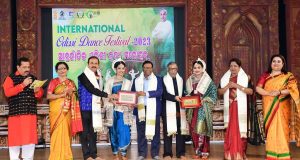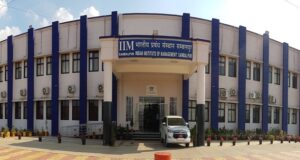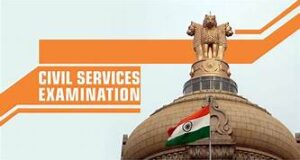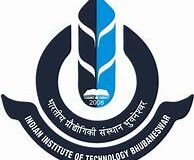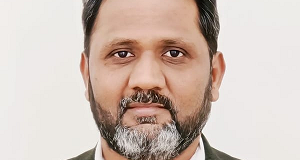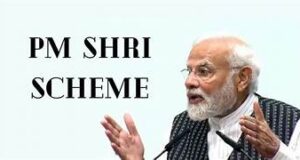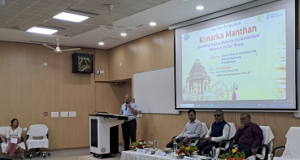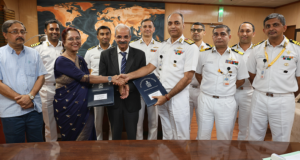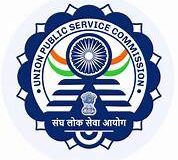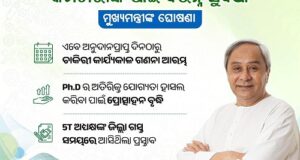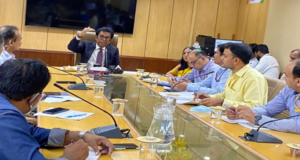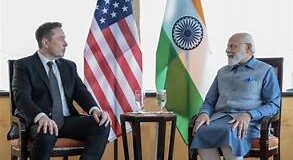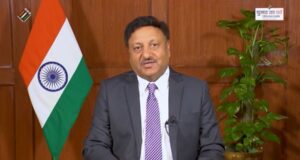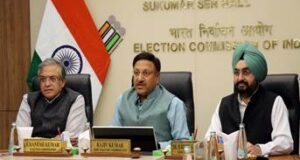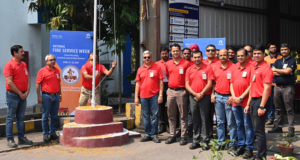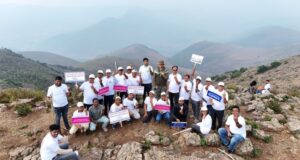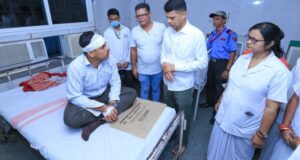Bhubaneswar:18/4/24: Noted Ollywood actress Varsha Priyadarshini has joined the Biju Janata Dal. She joined the ruling party in a special program held at the Sankha Bhawan. Varsha has been actively ...
Read More »Recent Posts
STATE NEWS

Literature
Politics
-
BJP named its candidates for 21 Assembly Constituencies in Odisha for the ensuing elections
-
All India Congress Committee named 75 candidates for the Odisha Assembly Election
-
BJD sought strong action against the Odisha BJP leaders for allegedly defaming grassroots women of Odisha
-
Former Chairperson of Odisha State Commission For Women Jyoti Panigrahi resigned from Biju Janata Dal
Odia Cinema
Ollywood gears up with a series of releases during 1st week of March,2024
Bhubaneswar:10/3/24:Ollywood gears up with a series of releases during 1st week of March. On the eve of Women’s Day three films were released, including Trikanya, Operation 12/17 & Boss. On ...
Read More »Popular actress Rachana Banerjee will fight the upcoming Lok Sabha elections from Hooghly
Kolkata: 10/3/24:Popular actress Rachana Banerjee, who had acted in several Odia, Bengali, and Hindi movies, will fight the upcoming Lok Sabha elections from Hooghly in neighboring West Bengal as a ...
Read More »The trailer of the Odia feature film ‘Trikanya’ will be released on 20th of February,2024
Bhubaneswar:18/2/24: From the makers of Gangs of Puri and National Award-winning film Pratikshya, Anupam Patnaik has announced the release of the trailer for Odia feature film titled ‘Trikanya’ on 20th ...
Read More »Renowned actor, director, and Padma Shri awardee Sadhu Meher breathed his last
Mumbai:2/2/24: Renowned actor, director, and Padma Shri awardee Sadhu Meher breathed his last on Friday at his Mumbai residence. The 84-year-old legend was celebrated for his impactful performances and contributions ...
Read More »Photo Gallery
Entertainment
The Partition Museum Commemorates 75th Republic Day with Special Film Screening and Panel Discussion
Education
Business
-
Consumer Affairs Secretary reviews availability of pulses, holds meetings with pulse industry stakeholders
Newdelhi:13/4/24:The Secretary, Department of Consumer Affairs, Smt. Nidhi Khare during a series of interactions with representatives of pulses industry in the run-up to operationalisation of online stock monitoring from 15th ...
Read More » -
Tesla and SpaceX CEO Elon Musk confirming his first-ever India visit to meet Prime Minister Narendra Modi
-
Centre directs States/UTs to enforce weekly stock disclosure of pulses
-
Indo-Pacific Economic Framework for Prosperity (IPEF) to organise Clean Economy Investor Forum in Singapore
-
Paradip Port Authority’s has record-breaking achievement of clocking 145.38 MMT cargo throughput in FY 2023-24
Smartcity Bhubaneswar
-
AIIMS Bhubaneswar Launches Advanced Artificial Urinary Sphincter(AUS) Implantation Service
Bhubaneswar:17/4/24:Adding another feather to its cap trusted tertiary care national health institution, AIIMS Bhubaneswar is proud to announce the launch of a cutting-edge service for the placement of Artificial Urinary ...
Read More » -
Scores of devotees flocked to the Temple and pulled the Rukuna Rath of Lord Lingaraj
-
‘Rukuna Rath Yatra’ of Lord Lingaraj has commenced in the capital city on the occasion of Ashokastami
-
IIT Bhubaneswar is ready withnew Programs and several new Courses for Fall 2024
-
AIIMS Bhubaneswar Paediatric Surgery achieves remarkable feat in rescuing fragile newborn from life-threatening duodenal atresia
-
Bhubaneswar became the hottest place in Odisha by 2.30 pm on Sunday
-
Government buildings in Bhubaneswar have been illuminated with colorful lights on the eve of the 76th Capital Foundation Day
International
-
Tesla and SpaceX CEO Elon Musk confirming his first-ever India visit to meet Prime Minister Narendra Modi
Newdelhi:11/4/24:With Tesla and SpaceX CEO Elon Musk confirming his first-ever India visit to meet Prime Minister Narendra Modi later this month and announce key investments in the electric vehicle (EV) ...
Read More » -
NASA has shared the captivating live stream on its official broadcast channel on YouTube to witness the solar eclipse
-
Indo-Pacific Economic Framework for Prosperity (IPEF) to organise Clean Economy Investor Forum in Singapore
-
Odisha Divas: A Grand Celebration of Culture and Charitable Giving at Chinmaya Mission
-
Odias in Ireland has celebrate Utkal Divas with special screening of Odia film “Trikanya”
Column
-
Dhamra Port Company Limited is indeed an Island of Excellence
“The Stones may be old, but they are chiseled afresh. The Civilization may be ancient, but it is born again. The people may be young, but they never forget. The ...
Read More » -
The journey of Baba Saheb Ambedkar – Life, History & Works
-
Ayushman Bharat Health Accounts is an integral component of the Ayushman Bharat Pradhan Mantri Jan Arogya Yojana
-
Surplus Power to be offered for sale in Energy Exchange
-
Union Minister Piyush Goyal on India signing TEPA with EFTA, says ‘It is a momentous occasion…’
National
Chief Electoral Officer Briefs On Curtailed Polling Hours In LWE-Hit Segments, Voters Count
Bhubaneswar: 18/4/24:With notification issued for the first phase election in Odisha, State Chief Electoral Officer (CEO) Nikunja Bihari Dhal on Thursday said that political parties have been advised against taking ...
Read More »India set to celebrate world’s biggest festival of democracy: voting for General Elections 2024
Newdelhi:18/4/24:The Election Commission of India has made all preparations to welcome voters to the biggest festival of democracy that any nation has witnessed, the elections to the 18th Lok Sabha and ...
Read More »Indigenous Technology Cruise Missile successfully flight-tested by DRDO off the Odisha coast
Chandipur :18/4/24: The Defence Research and Development Organisation (DRDO) conducted a successful flight test of Indigenous Technology Cruise Missile (ITCM) from the Integrated Test Range (ITR), Chandipur off the coast ...
Read More »88 PCs in 12 States/UTs will go to polls in Phase 2 on 26th April, 2024
Newdelhi:18/4/24:88 Parliamentary Constituencies in 12 states are scheduled for polling on 26th April 2024 in which 89 General Observers, 53 Police Observers, and 109 Expenditure Observers have been deployed. All ...
Read More »District Diary
Indigenous Technology Cruise Missile successfully flight-tested by DRDO off the Odisha coast
Chandipur :18/4/24: The Defence Research and Development Organisation (DRDO) conducted a successful flight test of Indigenous Technology Cruise Missile (ITCM) from the Integrated Test Range (ITR), Chandipur off the coast ...
Read More »Tata Steel Meramandali (TSM) Observes National Fire Service Week
Narendrapur, April 16, 2024: Tata Steel Meramandali (TSM) observed the National Fire Service Week with fervor and commitment to fire safety through a series of engaging activities and demonstrations. The ...
Read More »Koraput District administration has organized a voter awareness program uniquely
Koraput:16/4/24: India is celebrating its biggest festival of democracy. The country is going to vote for the General Elections and Odisha will vote for both the Lok Sabha and State ...
Read More »5T and Nabin Odisha Chairman Kartik Pandian met the victims of the road accident
Cuttack:16/4/24: 5T and Nabin Odisha Chairman Kartik Pandian today met the victims of the road accident that took place yesterday evening in Jajpur district. Pandian went to the SCB Medical ...
Read More » Odisha news today, Latest Oriya News Bhubaneswar Online Odia news Portal
Odisha news today, Latest Oriya News Bhubaneswar Online Odia news Portal
